
The Evolution of Minimalism in Contemporary Art
Today’s chosen theme: The Evolution of Minimalism in Contemporary Art. Step into a world where fewer elements create deeper impact, and discover how artists transformed reduction into a powerful language. Stay with us, reflect, and subscribe to follow future stories that trace how minimalism keeps reinventing what we see—and what we feel.
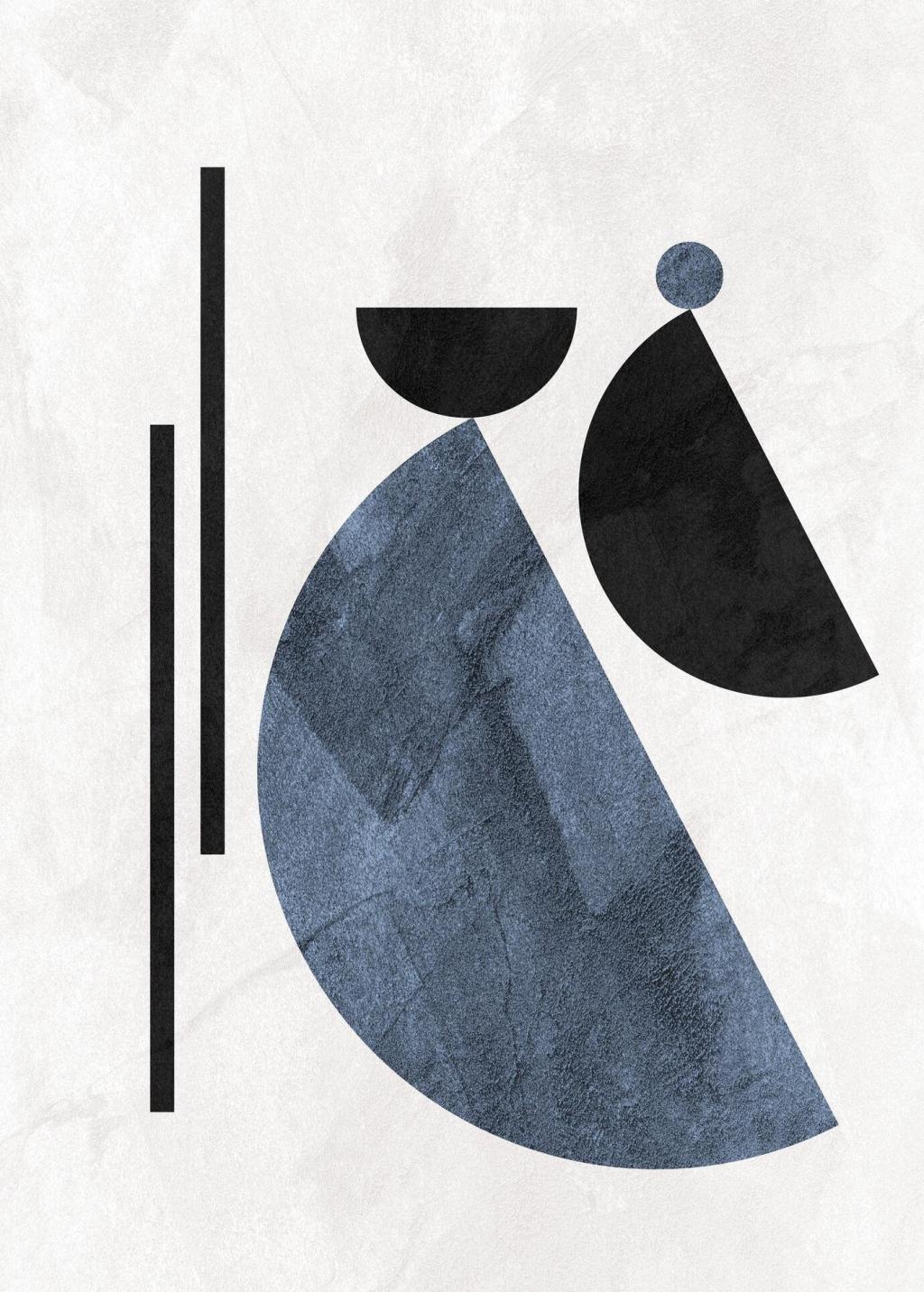
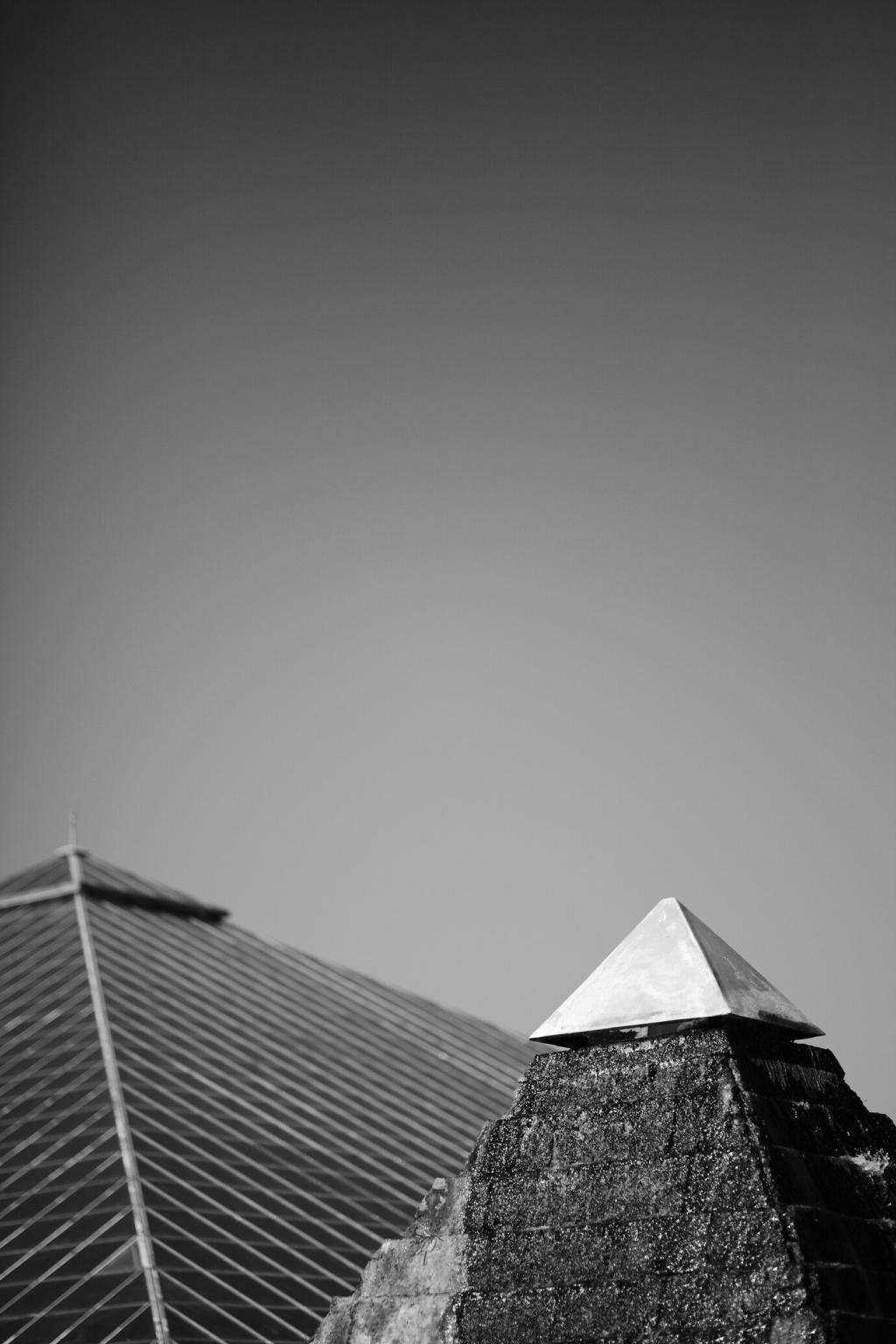
From Less Is More to More With Less: A Brief Timeline
In the 1960s, artists like Donald Judd, Sol LeWitt, Agnes Martin, and Dan Flavin stripped art to essentials, favoring geometry, repetition, and industrial materials. They shifted attention from image to object, foregrounding the viewer’s body, the surrounding space, and perception. Tell us: which early minimalist work first challenged how you look?
From Less Is More to More With Less: A Brief Timeline
Minimalist thinking resonated beyond New York, conversing with Japan’s Mono-ha, European conceptualism, and Brazilian Neo-Concrete ideas. Artists began reframing matter, voids, and thresholds, examining how cultural contexts shape the meaning of reduction. Share a museum or city where you encountered minimalism in an unexpected, unforgettable way.
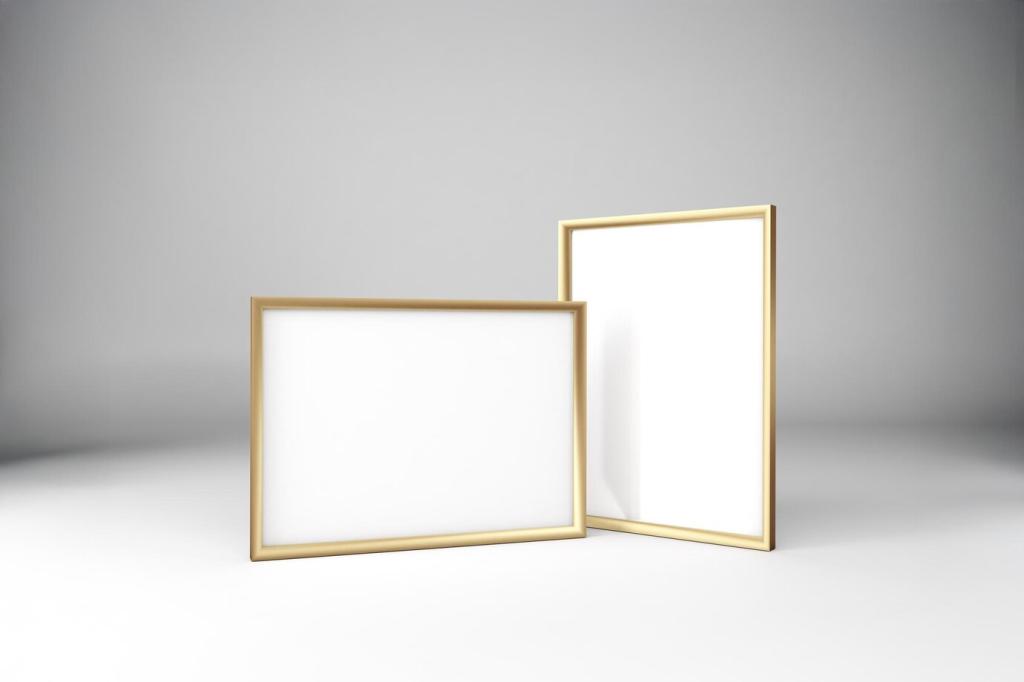
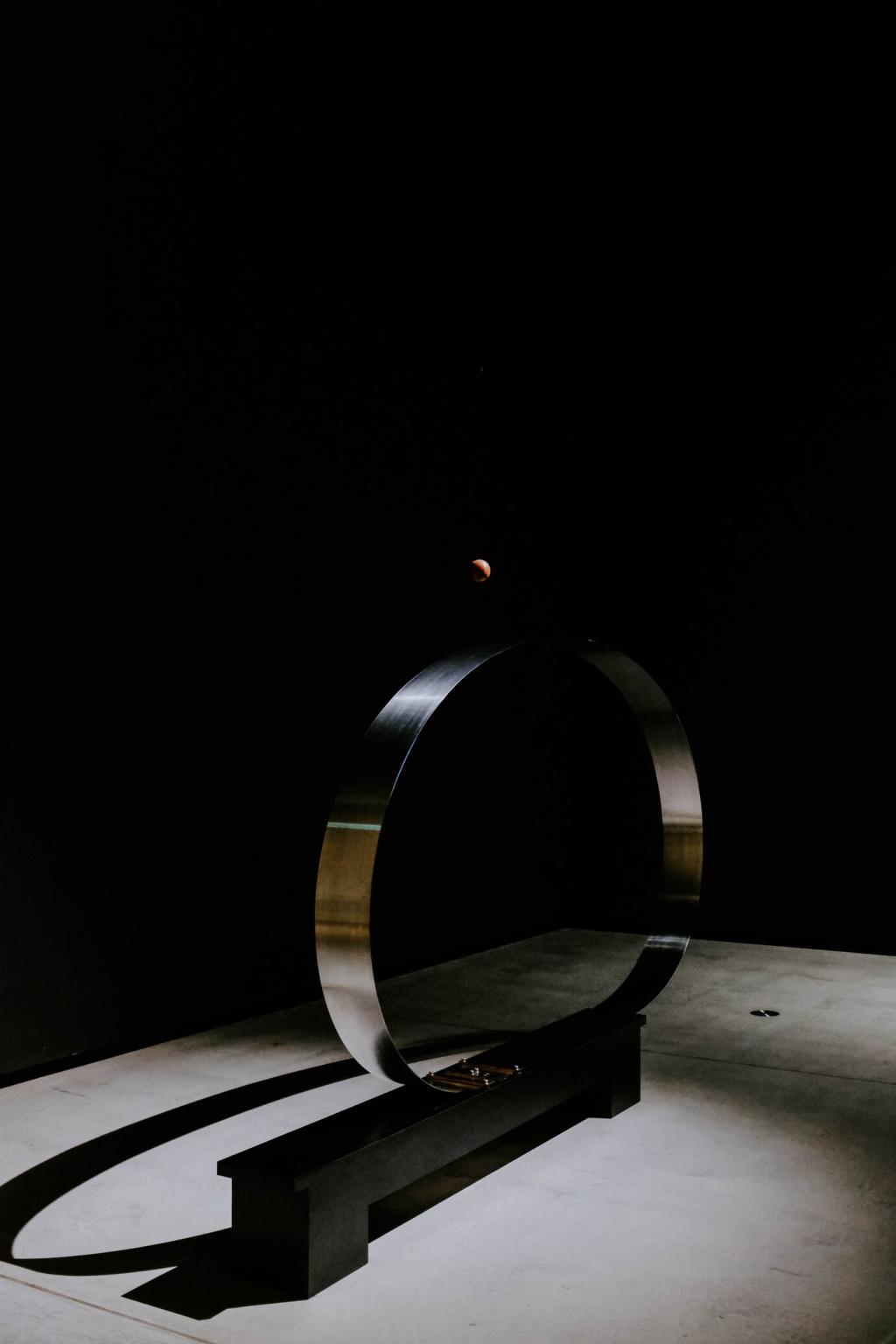
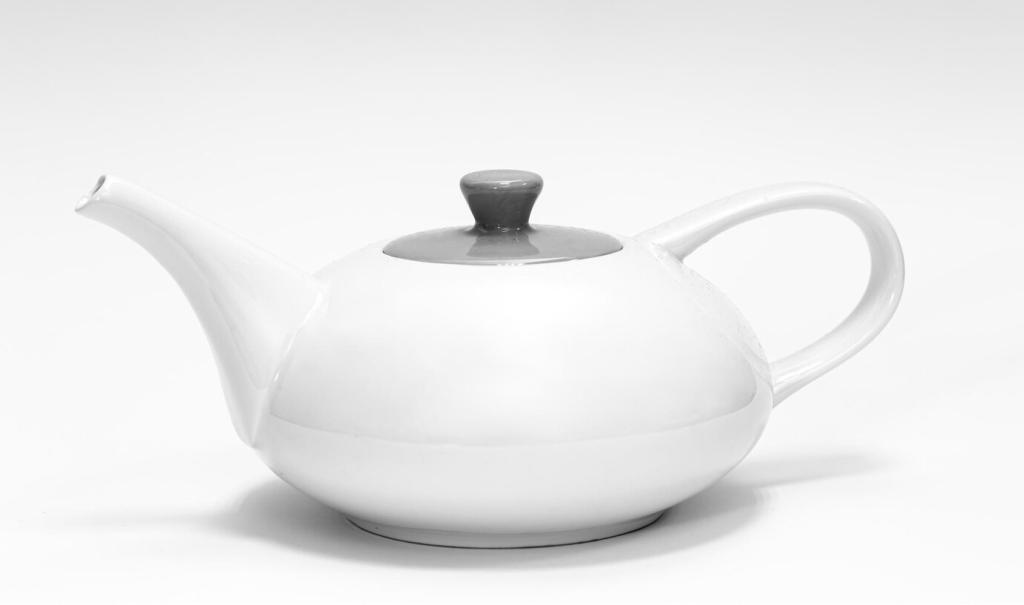
A Gallery Bench Conversation
Two strangers sat before a Dan Flavin light piece, saying nothing for eight minutes. One finally whispered, “It’s like holding your breath, then realizing you never needed air.” Minimalism can feel like that—release through restraint. Share a quiet moment when an artwork said everything by saying almost nothing.
An Artist’s Studio Routine
A painter builds the day around sanding panels, mixing gesso, aligning tape, and testing edges. The ritual is patient, almost musical, where one misaligned line breaks the entire chord. Have you practiced a routine that taught you attention? Tell us how repetition trained your eye to honor nuance.
Your First Encounter
Maybe it was an Agnes Martin grid, barely there, yet charged with breath. Or a Carl Andre floor work that made you feel the ground differently. Describe your first minimalist moment, however small, and how it rewired the way you navigate spaces, thresholds, and pauses in daily life.
Spaces That Shape Seeing
Plain walls, clean light, and deliberate sightlines let minimal works breathe. The white cube isn’t neutral; it choreographs attention. Next time you visit a gallery, note how your pace slows and your hearing sharpens. Share a space where the room itself became a partner to the art’s quiet intensity.
Spaces That Shape Seeing
From Judd’s Marfa installations to Dia:Beacon’s luminous halls, minimalism thrives when context is carefully tuned. Floor, window, horizon—every surface recalibrates attention. Tell us about a site-specific experience where weather, distance, or time of day transformed a simple form into something deeply, unexpectedly moving.
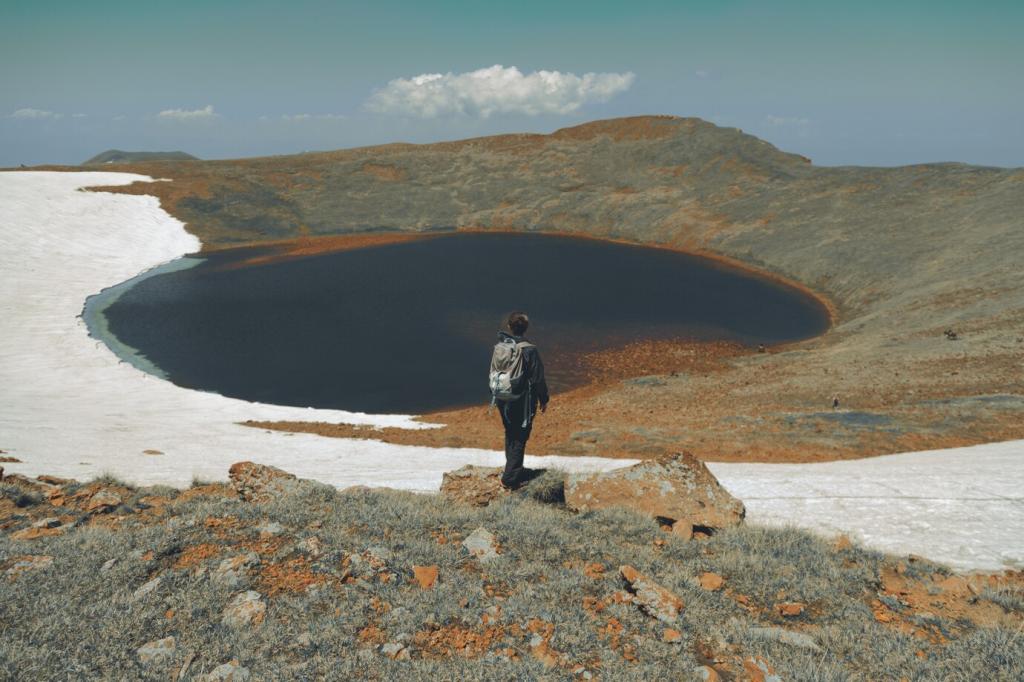

Debates, Critiques, and Contemporary Revisions
Critics have called minimalism cold, elitist, or empty—Robert Venturi quipped, “Less is a bore.” Yet many viewers find radical empathy in the quiet. Where do you stand? Share whether emptiness felt excluding or liberating, and how context, text, or time changed your reading of the work.
Collecting, Curating, and Participating Today
Choose one artwork and give it ten uninterrupted minutes. Count your breaths, then map every line, seam, and shadow. Write one sentence capturing what changed in your perception. Share it with us, and invite a friend to try. The practice is small, the returns unexpectedly generous.
Collecting, Curating, and Participating Today
Consider editions, works on paper, or artist books that embody reduction with clarity. Visit project spaces, discover emerging voices, and keep careful notes on material, scale, and light. Tell us your collecting focus, and we’ll send a curated reading list aligned with your interests in thoughtful restraint.


